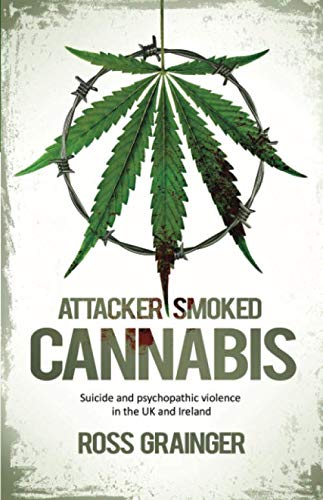Cannabis Induced Psychosis: A Silent Epidemic
This film offers a candid and intimate look at cannabis-induced psychosis through the eyes of young people who lived it, revealing the silent epidemic that’s tearing apart families, and the long path to recovery.
Cannabis-Induced Psychosis: A Silent Epidemic pulls back the curtain on a crisis that too often goes unnamed. Told through the voices of young people who’ve lived through psychosis and the parents who tried to hold them together, the film offers an unflinching look at how high-potency THC can fracture lives and upend futures. Families walk us through the hardest moments of their lives as they watch their kids unravel, search for help, and face a system with few answers.
Doctors offer clinical insight, while the young people themselves reflect on what it felt like to lose touch with reality and how they found their way back.
Is cannabis a harmless drug—or a hidden driver of violence and suicide?
In Attacker Smoked Cannabis, Ross Grainger presents hundreds of cases from the UK and Ireland linking cannabis use to acts of violence and self-harm. Drawing on years of research, the book argues that these incidents are just the beginning—and that a powerful pro-cannabis lobby is downplaying the drug’s true impact on mental health and public safety.
A must-read for anyone seeking evidence-based cannabis policy.

A Compendium of Death and InjuryRelated to Marijuana Use
MAN KILLED WIFE IN DUBLIN APARTMENT WHILE IN STATE OF CANNABIS-INDUCED PSYCHOSIS, COURT HEARS
Diego Costa Silva, who decapitated his wife in Dublin, was found to be suffering from persistent cannabis-induced psychosis, believing she was a serpent possessed by a gang leader; psychiatrists testified he had long-term daily marijuana use beginning in his teens.
Source: Maria Maynes
Published: 07 March 2024

‘American Idol’ finalist Caleb Kennedy sentenced to 8 years in prison after deadly DUI crash
Caleb Kennedy, a former ‘American Idol’ finalist, was sentenced to 8 years for a fatal DUI crash after reportedly smoking marijuana with a vape pen.
His defense cited a reaction to THC combined with prescription medication as a factor in the deadly incident.
Published: 22 November 2024

Murder accused psychotic for months, court told
Dylan Thomas, who fatally stabbed his best friend while experiencing psychosis, had a history of cannabis use.
The court heard he suffered from schizophrenia and was in a prolonged psychotic state leading up to the incident.
Published: 17 November, 2024

Wife of man, 50, accused of stabbing teenage daughter, 14, to death during kitchen ‘playfight’ tells jury he was a loving father who ‘would never harm’ their child
Scarlett Vickers, 14, died after being stabbed through the heart in the kitchen of the family’s home in Darlington, County Durham. Simon Vickers, 50, denies murder and manslaughter, claiming she died in a ‘freak accident’ while the pair were ‘playfighting’.
Vickers, who admitted drinking four glasses of wine and smoking half of a cannabis joint, accepts causing Scarlett’s fatal chest wound but had no knowledge of touching the green-handled knife.
Source: JOHN SIDDLE and FREYA BARNES
Published: 11:11 EST, 21 January 2025 | Updated: 11:23 EST, 21 January 2025

CT man was speeding, high on marijuana when he killed passenger in Christmas 2023 crash, warrant says
Samuel Simmons, 21, was arrested nearly a year after a Christmas Day crash that killed his passenger. Police say he was speeding—up to 79 mph in a 40 zone—and high on marijuana at the time.
A state trooper on the scene reported the “odor of burnt marijuana” from the vehicle. Later blood tests confirmed Delta-9-THC—the main psychoactive component in cannabis—in Simmons’ system.
Source: Alex Wood,Staff writer, Dec 30, 2024

Wife of man, 50, accused of stabbing teenage daughter, 14, to death during kitchen ‘playfight’ tells jury he was a loving father who ‘would never harm’ their child
Scott Goldberg, accused of attacking his parents with a hammer, was reportedly under the influence of marijuana and possibly alcohol during the incident. His father testified that Goldberg had acted strangely and agitated, even searching for marijuana in his room before the attack.
Source: By Makena Huey [email protected]
Published: 20 September 2024



